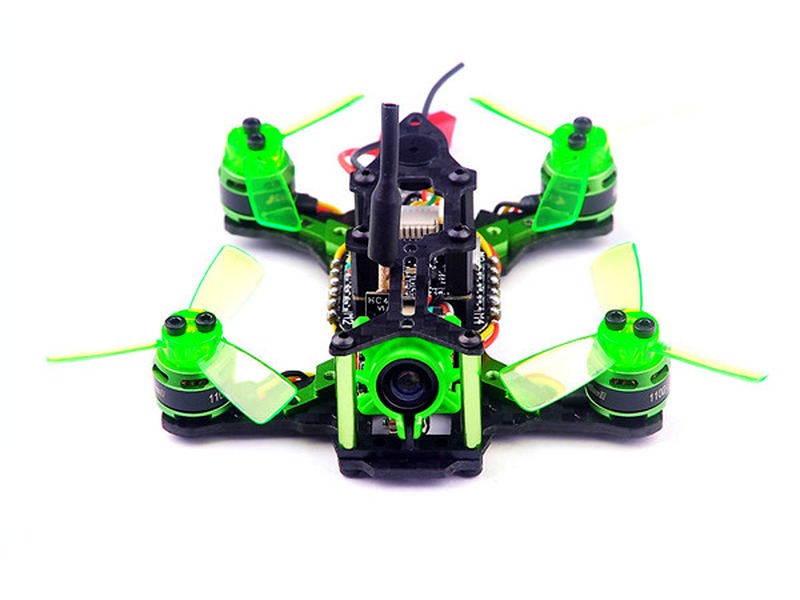What is failsafe mode FPV?

Failsafe mode FPV (First Person View) is a feature that is used to ensure the safety of a drone or other unmanned aerial vehicle (UAV). It is a system that is designed to automatically return the drone to a predetermined location in the event of a signal loss or other emergency. This feature is especially important for drones that are used for commercial purposes, as it can help to prevent the drone from crashing or being lost.
Failsafe mode FPV works by using GPS technology to detect when the drone has lost its connection to the controller. When this happens, the drone will automatically switch to a pre-programmed failsafe mode. In this mode, the drone will fly back to a predetermined location, such as its home base or a designated landing zone. This ensures that the drone will not be lost or crash in the event of a signal loss.
Failsafe mode FPV is an important safety feature for drones, as it helps to ensure that the drone will not be lost or crash in the event of a signal loss. It is also important for commercial drone operators, as it can help to prevent costly accidents and damage to property.
Failsafe mode FPV is not the only safety feature available for drones. Other safety features include obstacle avoidance systems, which use sensors to detect and avoid obstacles in the drone’s path, and return-to-home systems, which allow the drone to automatically return to its home base in the event of a signal loss.
Failsafe mode FPV is an important safety feature for drones, and it is essential for commercial drone operators. It can help to ensure the safety of the drone and its operator, as well as prevent costly accidents and damage to property. It is important to ensure that the drone is properly programmed with the correct failsafe mode before it is used, as this will help to ensure that the drone will return to its home base in the event of a signal loss.
Comments / Question
2. Make sure your failsafe mode is set up correctly. This includes setting the correct failsafe position, altitude, and speed.
3. Use a reliable receiver with a good signal range. This will ensure that your failsafe mode is triggered quickly and reliably.
4. Make sure your failsafe mode is tested regularly. This will help you identify any potential issues before they become a problem.
5. Use a GPS system to help you track your drone’s position. This will help you ensure that your failsafe mode is triggered in the right place.
2. Limited visibility: Failsafe mode can reduce the visibility of the pilot, making it difficult to see the surrounding environment.
3. Unsafe flying conditions: Failsafe mode can put the pilot in risky flying conditions, such as flying too close to obstacles or other aircraft.
4. Damage to equipment: Failsafe mode can cause damage to the aircraft and other components due to sudden power loss or misfiring of motors.
2. Increased safety: In a worst-case scenario, failsafe mode provides a failsafe option to protect your drone and the people around you. This is especially helpful in areas where there are people, buildings, or other obstacles.
3. Easier orientation: Failsafe mode helps you know where to look for your drone when it returns – it will usually return to its home point, making it easier to find.
4. Distance limitation: Failsafe mode makes it easier to fly your drone at greater distances without having to worry about radio signals or connection drops. This can also be helpful for drone pilots who want to fly long-distance with their FPV goggles without having to worry about losing signal.

